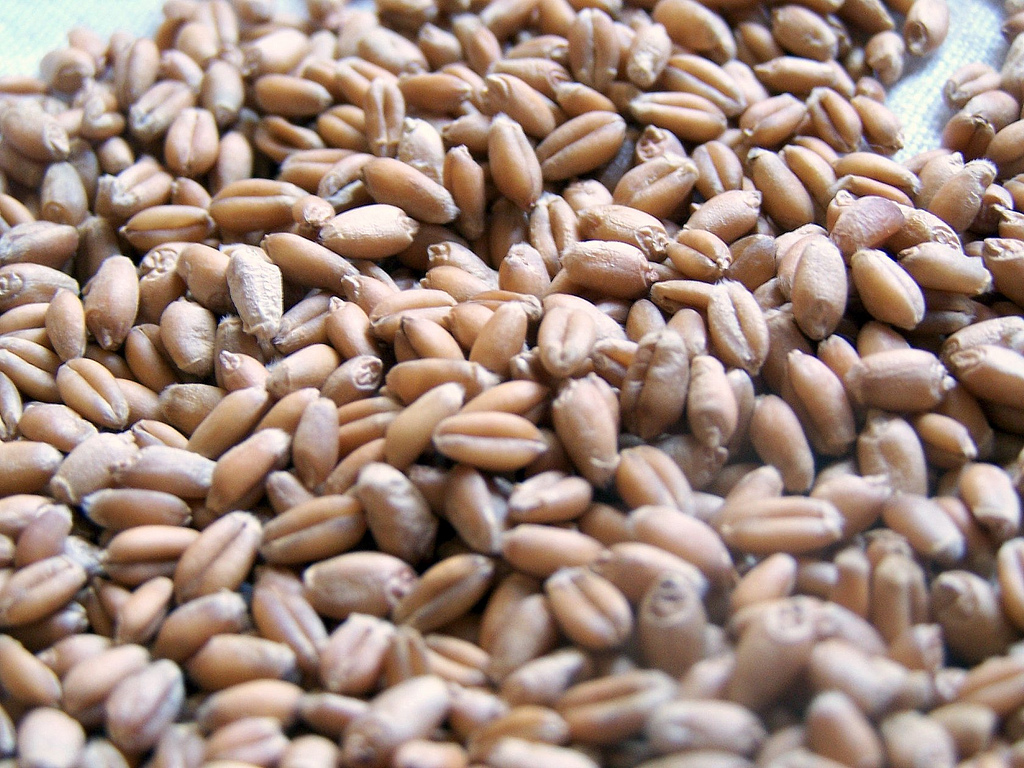According to wikipedia, "wheatberry or wheat berry refers to the entire wheat kernel (except for the hull), comprising the bran, germ, and endosperm. Wheatberries have a tan to reddish brown color and are available as either a hard or soft processed grain." They come dried heavily resembling barley and would probably fulfill a similar role in soups by adding some density and carbs in little pockets. However, it is also very useful as a substitute for small pasta like orzo. Being that it consists of a whole grain rather than just the high carb flour used for pasta it provides a far more healthy alternative as well.
Cooking with these little berries requires a fair amount of preparation as they need to be soaked overnight before use. I've seen some recipes that call for only soaking for an hour or so. I'm not sure how they'd turn out. But filling a pot with water the day before you want to cook at batch and pouring them in really isn't too hard. Once they've been soaked all you have to do is rinse them off then boil them for an hour or so and rinse again.
Here comes the big secret through. According to my elementary teacher contacts you can freeze them in premeasured bags at this point with no ill effects. This means that you can soak and cook a big batch all at once and then freeze them in ziplock bags for later use. All that work only needs to be done once.
Once they're done they can be used to make a pasta salad, side dish, thrown into soups, or whatever else you desire. The best thing about them is that they really don't require heavy seasoning like pasta. The gummyness of pasta usually requires you to add oil to keep it from sticking together and some fairly heavy seasonings and salt to make taste good. The wheatberries already have their own rich, buttery flavor meaning they don't require anything additional.
Wheatberry Greek Salad
1 cup (unprepared) wheatberries (3-4 cups prepared)
1/2 cucumber (peeled)
1 small tomato
20 pitted Katamala olives
2 oz crumbled feta cheese
1/4 tsp salt
Black pepper
Prepare wheatberries by soaking over night, rinsing, boiling for 1 hour, then rinsing again with cold water and draining.
Dice 1/2 cucumber with seeds removed, set aside in a bowl and cover with the salt. Let sit for 5 minutes.
Dice Tomatoe and Katamala olives.
Stir together diced wheatberries, diced cucumber, diced tomato, diced olives, and feta together. Crack fresh pepper over the mix.
Again one important thing to notice is the lack of heavy seasoning or oil to make a great pasta salad. Just veggie elements. The salt is optional and I only use it because I ended up with a pretty bitter cucumber. If yours are good and fresh you won't need it. There's tons of other stuff you could add to the salad, from broccoli, roast veggies, onion, peppers, to sausage, ham, chicken, or bacon.







